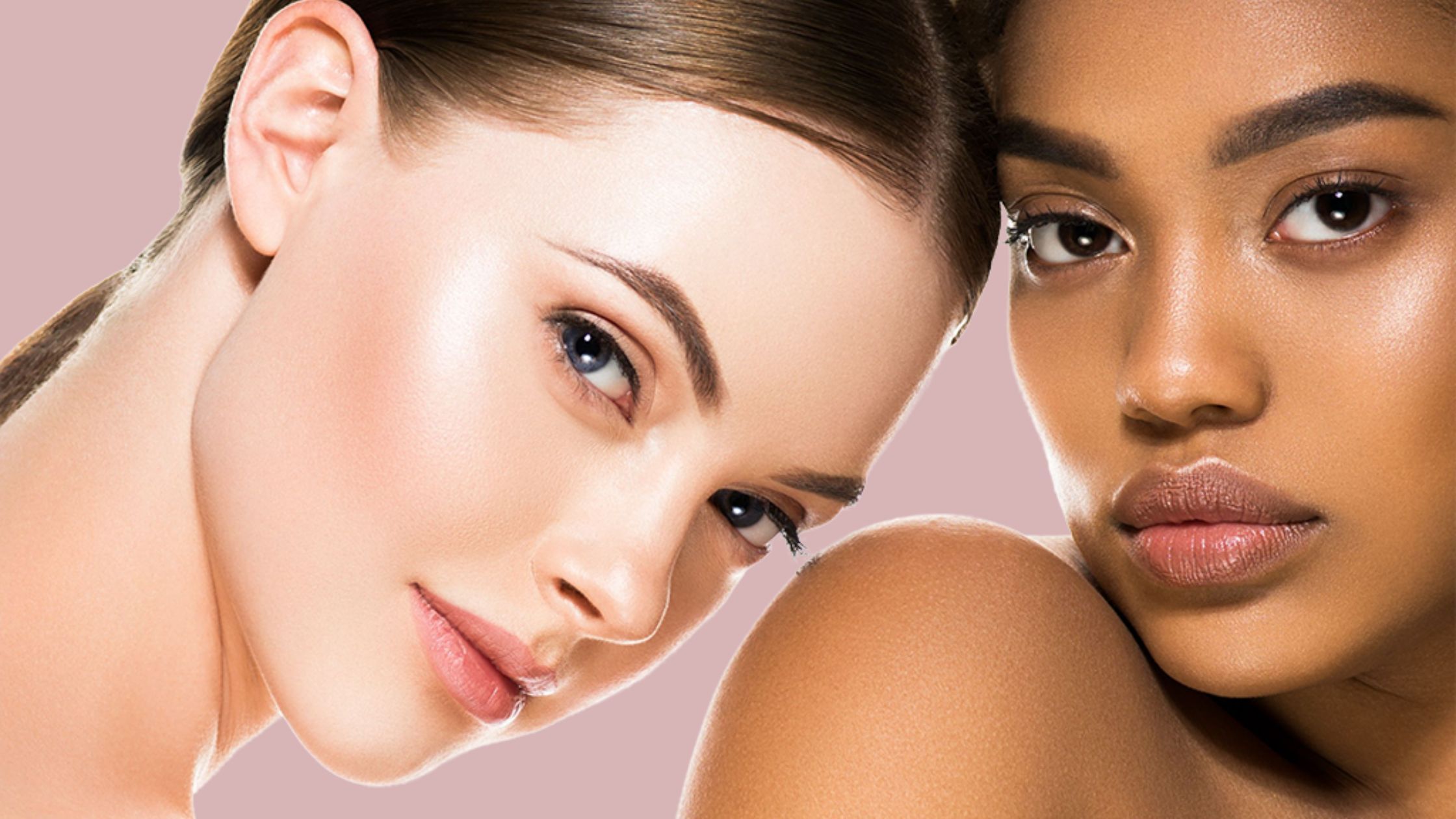Best Source for Beauty Industry Trends, News and Updates
In the ever-evolving world of aesthetic enhancement, individuals seeking to turn back the hands of time have many options. Among the most popular choices for wrinkle reduction are Botox and Dysport. These two injectable treatments have gained widespread recognition for their ability to diminish fine lines and wrinkles, leaving individuals with a more youthful appearance. However, this article will delve deep into Botox and Dysport, comparing their longevity, effectiveness, and factors that can influence their results.

Before we dive into the longevity battle, let's first understand what Botox and Dysport are and how they work.
Botox, short for Botulinum Toxin, is a neurotoxic protein derived from the bacterium Clostridium botulinum. It is renowned as the pioneer in the world of wrinkle reduction treatments. Botox works by blocking nerve signals in the muscles where it's injected, temporarily relaxing them. As a result, wrinkles in the treated area become less noticeable.
Dysport, like Botox, is derived from Botulinum Toxin and functions similarly. It has gained popularity in recent years as a viable alternative to Botox. The critical difference lies in its molecular structure, which allows it to diffuse more evenly, potentially leading to a more natural look.
Now, let's get to the heart of the matter: which of these two treatments offers the longest-lasting results?
Botox is renowned for its impressive staying power. Typically, the effects of a Botox treatment can last anywhere from three to six months. However, individual results may vary depending on factors like metabolism, muscle strength, and the amount of product used.
Dysport is often touted as having a quicker onset of action and potentially longer-lasting results. Some individuals report that Dysport treatments can last up to four to six months. Again, individual variation plays a role in the duration of effects.

While Botox and Dysport offer remarkable longevity, several factors can influence the duration of their effects.
The amount of product used during the treatment can impact how long the results last. A higher dosage may provide longer-lasting effects, but striking the right balance is essential to avoid an unnatural appearance.
The strength and activity of the muscles being treated can affect the longevity of the results. Highly active muscles may metabolize the product more quickly.
Individual metabolic rates vary, impacting how fast the body breaks down and eliminates the product.
Consistent maintenance and follow-up treatments can extend the longevity of both Botox and Dysport.
In the Botox vs. Dysport longevity showdown, there is no clear winner. Both treatments offer impressive and long-lasting results, with some variation among individuals. The choice between Botox and Dysport should ultimately be based on individual preferences, consultation with a qualified practitioner, and the specific goals of the treatment.
Whether you opt for Botox or Dysport, it's crucial to consult with a board-certified professional who can assess your unique needs and provide expert guidance. You're on the path to smoother, more youthful-looking skin with either option.

In the world of aesthetic enhancement, choices abound, and Botox and Dysport are indeed worthy contenders in the quest for a more youthful appearance. As with any medical procedure, it's essential to research, consult with experts, and make an informed decision that aligns with your goals and desires. Remember, when it comes to your appearance, knowledge is power.
So, whether you choose the time-tested Botox or the newcomer Dysport, your journey toward timeless beauty may be as fulfilling as the results themselves. Here's to a more youthful you!
